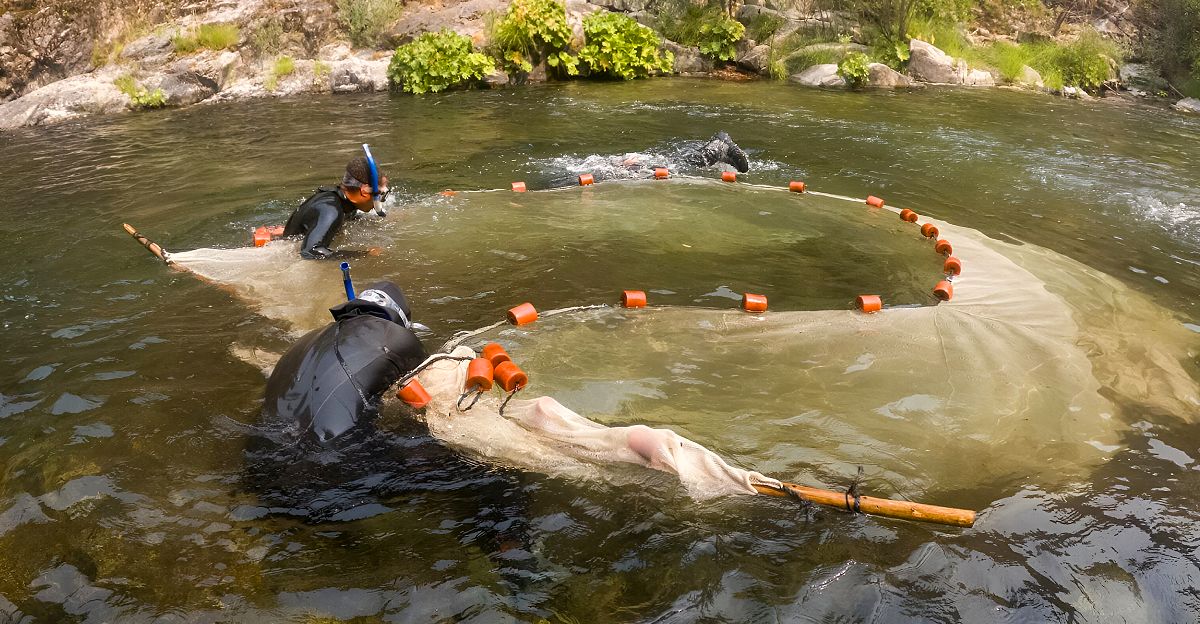
The resurgence of a rare fish species near a major US dam marks a hopeful chapter in ecological restoration. Dams have disrupted migratory fish for decades by blocking routes and fragmenting habitats, causing dramatic native population decline. However, recent efforts to restore river connectivity and improve fish passage have led to encouraging signs of recovery.
Near the Raritan River dam in the Northeast, targeted removal and modification projects, supported by federal infrastructure funding and partnerships among NOAA, U.S. Fish and Wildlife Service, and local stakeholders, have reinvigorated migratory fish populations. This revival benefits the rare fish species and signals broader ecosystem restoration, demonstrating how collaborative, science-based restoration can reverse long-standing environmental damage caused by dams.
How Dams Disrupted Fish Migration and Ecosystems
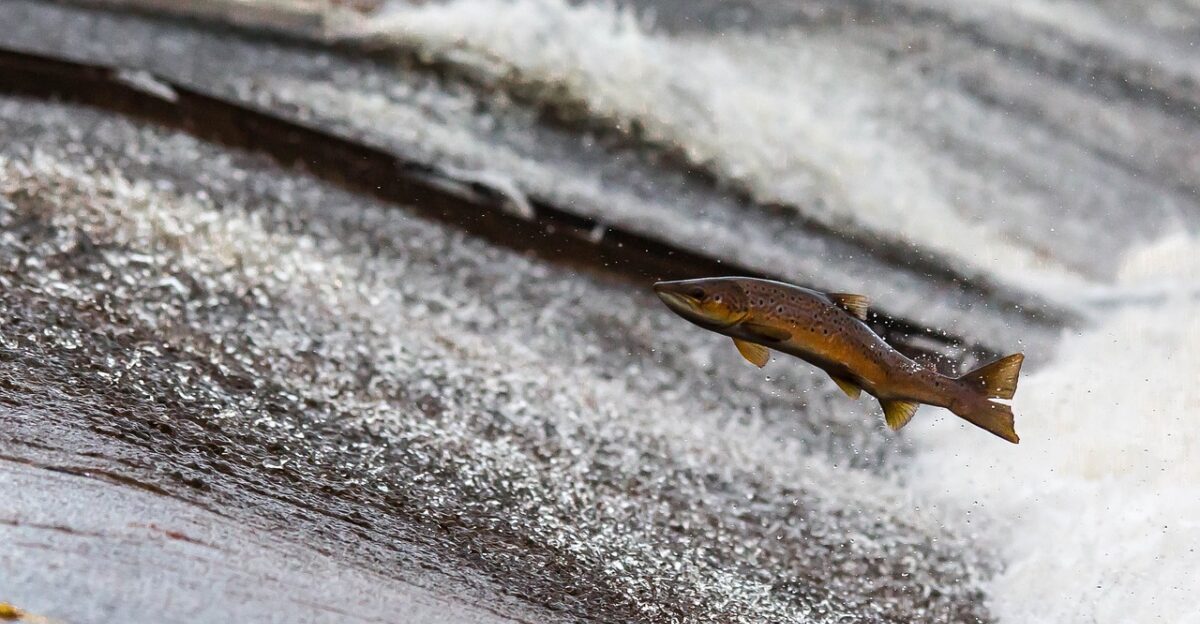
Dams constructed primarily in the 19th and 20th centuries severely disrupted fish migration and river ecosystems. By blocking upstream routes, dams prevented migratory fish from reaching spawning grounds, leading to population declines and genetic isolation. The Elwha River and Raritan River exemplify these impacts, where dams inundated spawning habitats and altered natural flow regimes.
Reservoirs created by dams raised water temperatures and changed sediment transport, degrading habitat quality. These barriers also disrupted the downstream drift of eggs and larvae, critical for sustaining fish populations. The cumulative effect was a sharp decline in native fish species, many of which became endangered or locally extinct.
Identifying the Rare Fish Making a Comeback

The rare fish species experiencing a comeback near the Raritan River dam is the Atlantic sturgeon, a long-lived, migratory fish historically abundant along the U.S. East Coast. Atlantic sturgeon migrate from the ocean into freshwater rivers to spawn, but dam construction and habitat fragmentation drastically reduced their populations.
Once common, their numbers plummeted due to blocked migration routes and degraded spawning habitats. The species plays a vital ecological role in nutrient cycling and supports commercial and recreational fisheries. Recent restoration efforts aim to reconnect rivers and improve habitat conditions, enabling the Atlantic sturgeon to reclaim its historical range and ecological niche.
Dam Removal and Fish Passage Projects Driving Recovery
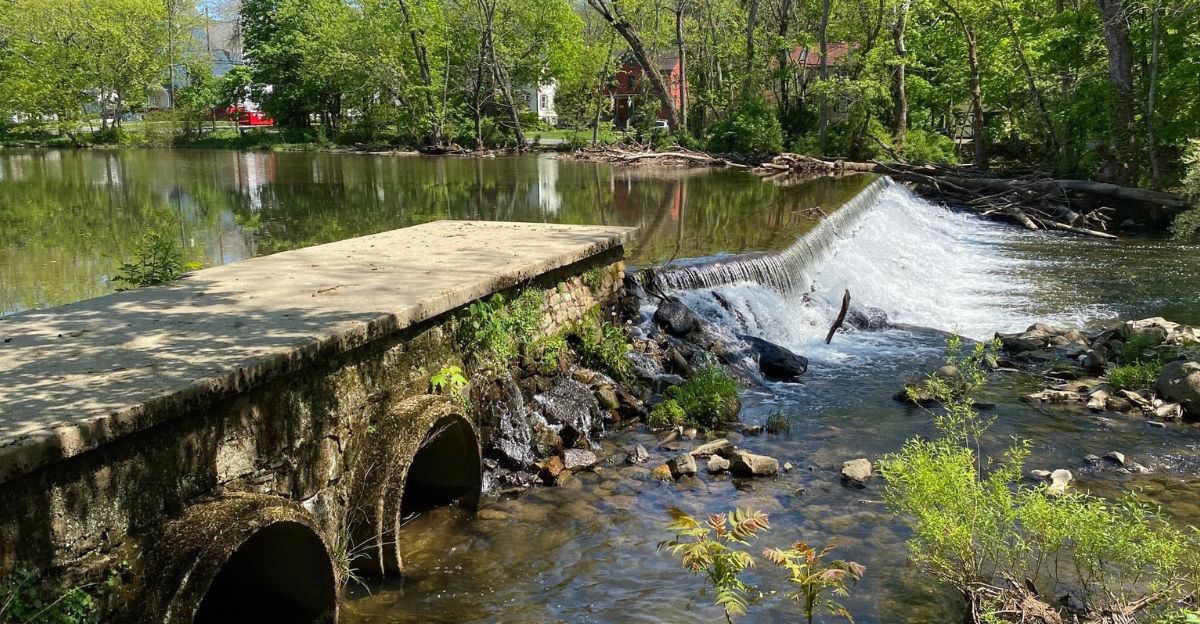
Restoration near the Raritan River dam includes partial dam removal and installing fish ladders to reopen migratory pathways. These projects are funded through federal infrastructure acts and coordinated by NOAA, the U.S. Fish and Wildlife Service, and local partners. The approach combines physical modifications with habitat restoration, such as improving water quality and spawning grounds.
Adaptive management guides these efforts with continuous monitoring and adjustments. This collaborative model reflects a growing national trend to balance infrastructure needs with ecological restoration, emphasizing science-driven solutions to restore migratory fish populations.
Positive Ecological Changes Following Restoration
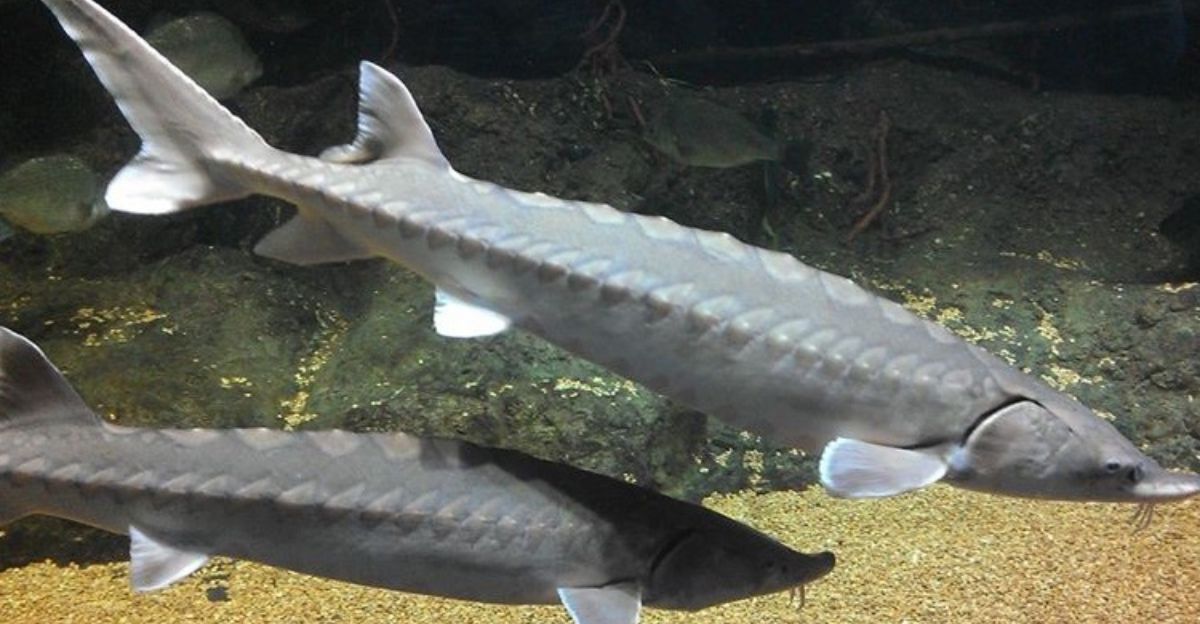
Following restoration, significant ecological benefits have been documented. Fish counts reveal increased numbers of Atlantic sturgeon and other migratory species accessing upstream habitats. Spawning grounds have expanded, improving reproductive success. Water quality improvements have reduced temperature spikes and enhanced oxygen levels, benefiting aquatic life.
The broader ecosystem has responded positively, with increased biodiversity, including other fish, invertebrates, and riparian species. These changes illustrate how restoring river connectivity can revive ecosystem functions and services once lost to dam impacts.
Scientific Framework Guiding Recovery

Adaptive management frameworks are critical in guiding fish recovery near dams. Monitoring fish populations, habitat conditions, and water quality informs restoration strategies. Data-driven adjustments ensure interventions remain effective and responsive to environmental changes.
The Elwha River restoration exemplifies this approach, where long-term monitoring led to improved fish passage designs and habitat enhancements. This iterative process balances ecological goals with practical constraints, increasing the likelihood of sustained recovery for migratory fish species.
Ongoing Threats and Skepticism
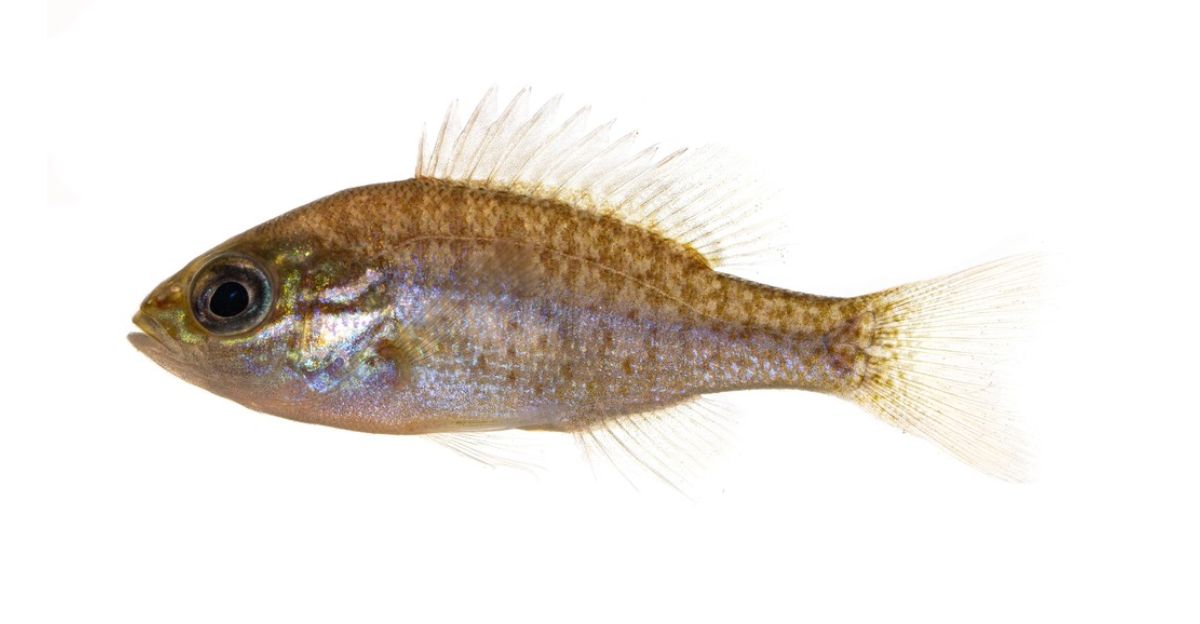
Despite successes, challenges persist. Nonnative predators threaten juvenile fish survival, while climate change exacerbates droughts and alters river flows, complicating restoration outcomes. Some environmentalists caution against premature optimism, noting that full recovery may take decades and that dam removal can have unintended consequences.
They emphasize the need for rigorous, long-term studies and caution that restoration must address multiple stressors beyond physical barriers to ensure resilient fish populations.
Economic and Recreational Impacts of Dam Removal
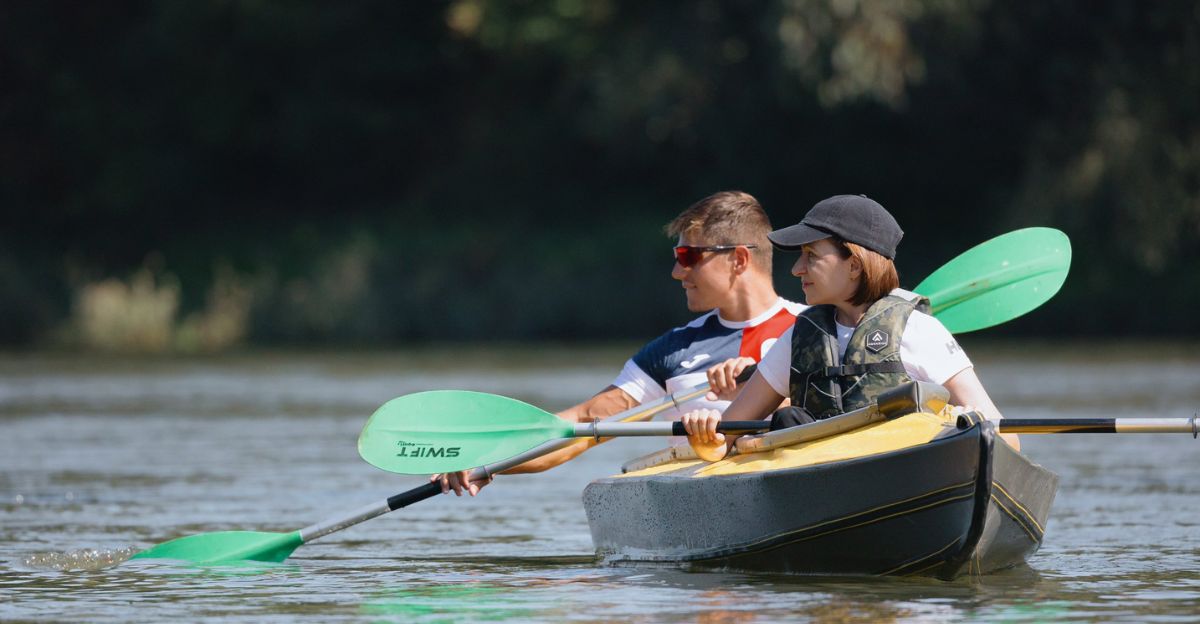
Dam removal and fish recovery efforts have unexpectedly boosted local economies. Restored rivers attract anglers, kayakers, and eco-tourists, increasing recreational opportunities and property values. These benefits create incentives for communities to support restoration projects.
For example, Northeast dam removals have revitalized waterfront areas, fostering business growth and community engagement. This intersection of ecological restoration with economic development highlights the multifaceted value of restoring migratory fish and river systems.
Lessons from Other River Restoration Projects

Other U.S. projects offer hopeful parallels. The Elwha River restoration saw salmon populations rebound after dam removals, supported by adaptive management and habitat restoration. In the Colorado River basin, recovery programs for the humpback chub have combined habitat improvements with invasive species control.
These cases demonstrate that while complex, recovery is possible with sustained effort, funding, and collaboration. They provide valuable lessons for ongoing efforts near the Raritan River and beyond.
Sustaining the Comeback and Next Steps
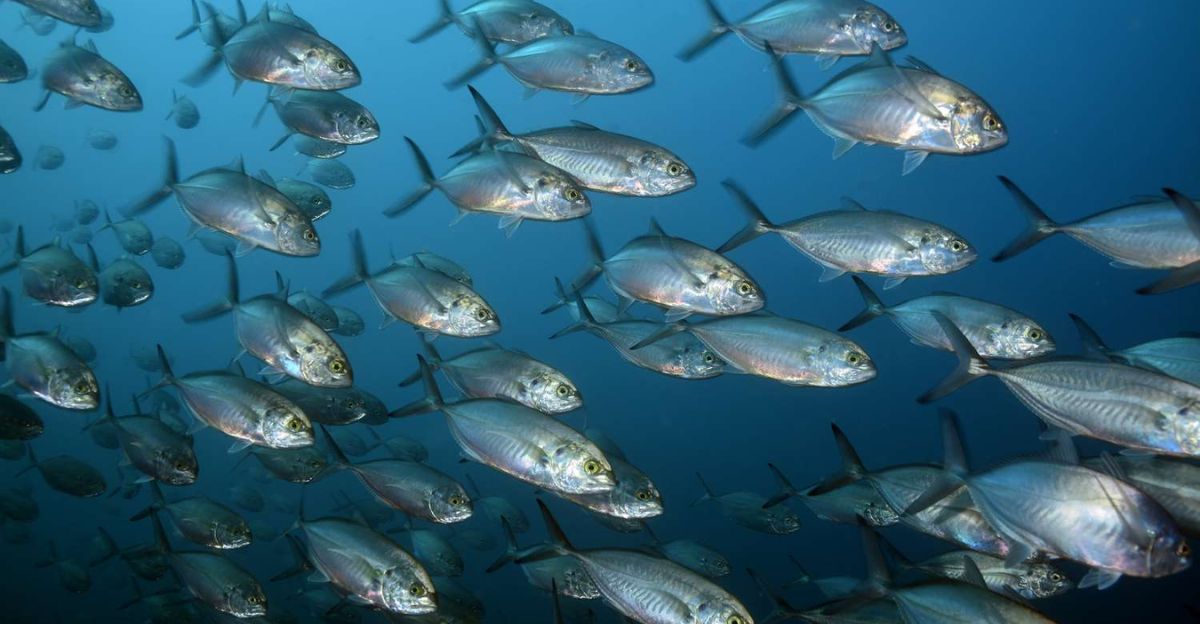
Sustaining fish population recoveries requires continued funding, monitoring, and partnerships among federal agencies, scientists, and local stakeholders. Restoration is a long-term process demanding adaptive management to respond to emerging challenges like climate change and invasive species.
The recent successes near the Raritan River dam underscore the potential for reversing decades of ecological damage. With commitment and collaboration, the comeback of rare migratory fish can be secured, restoring vital river ecosystems for future generations.







